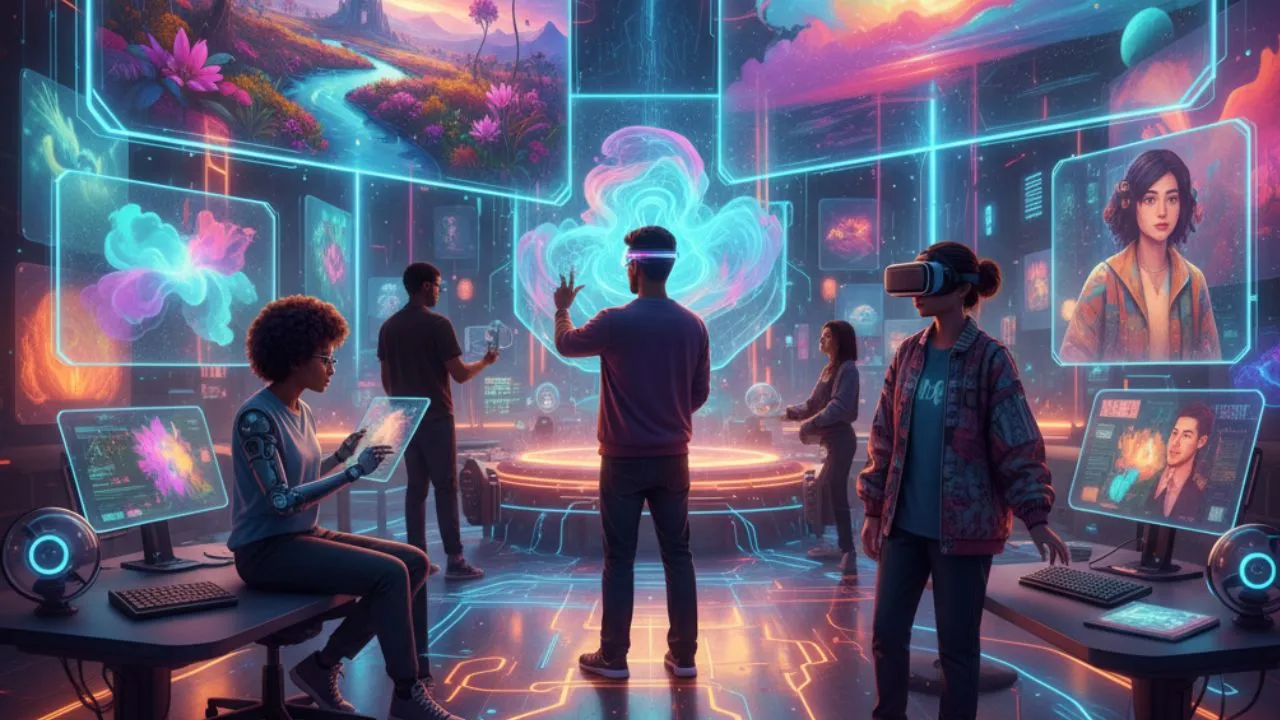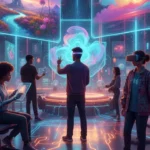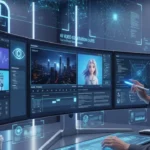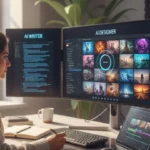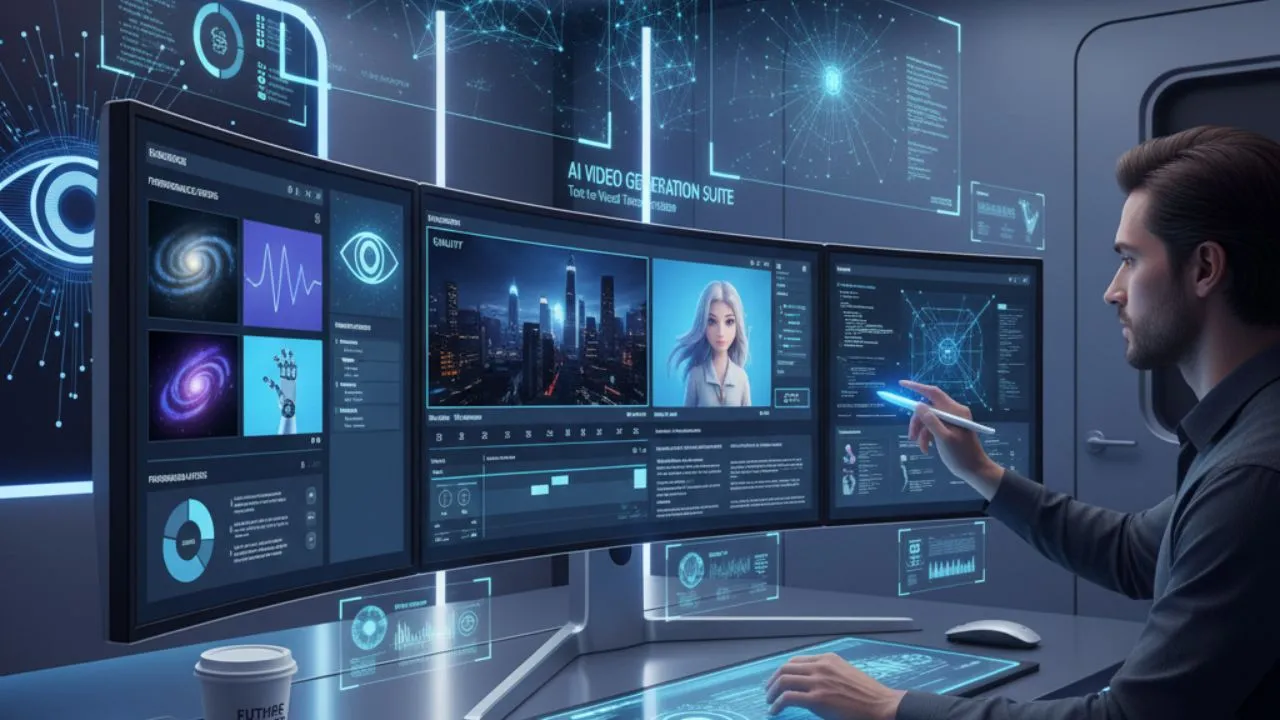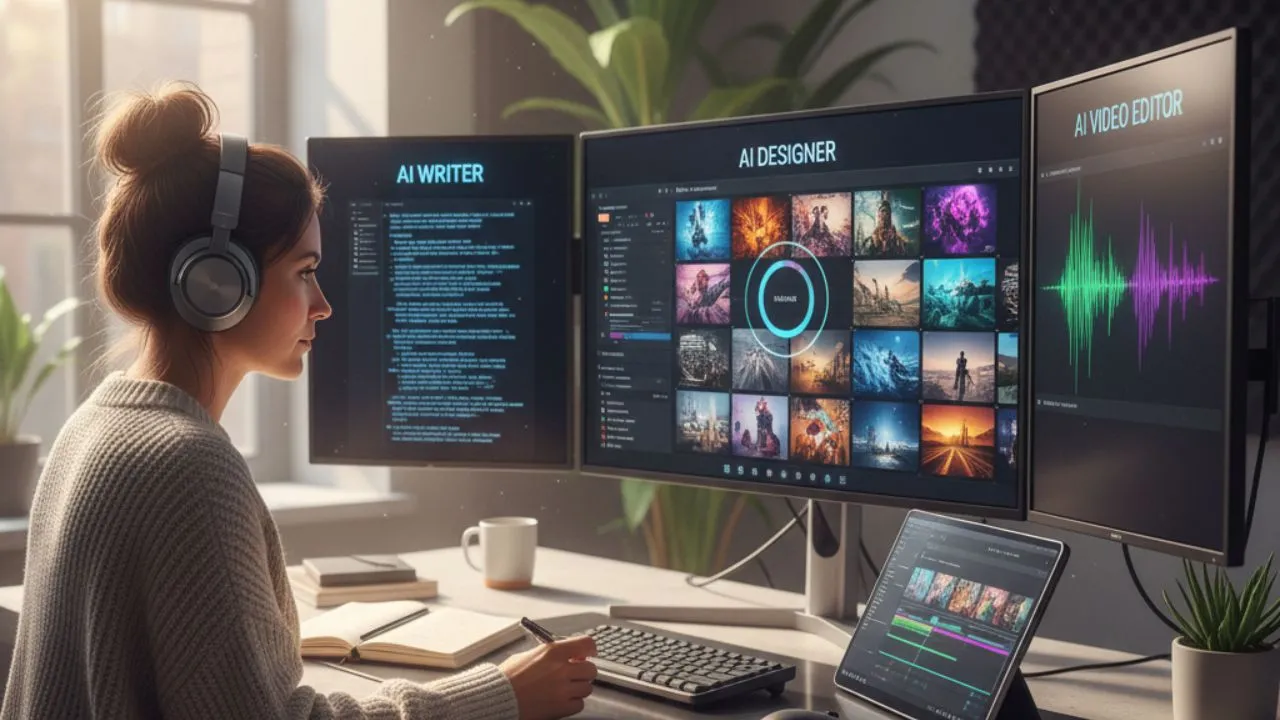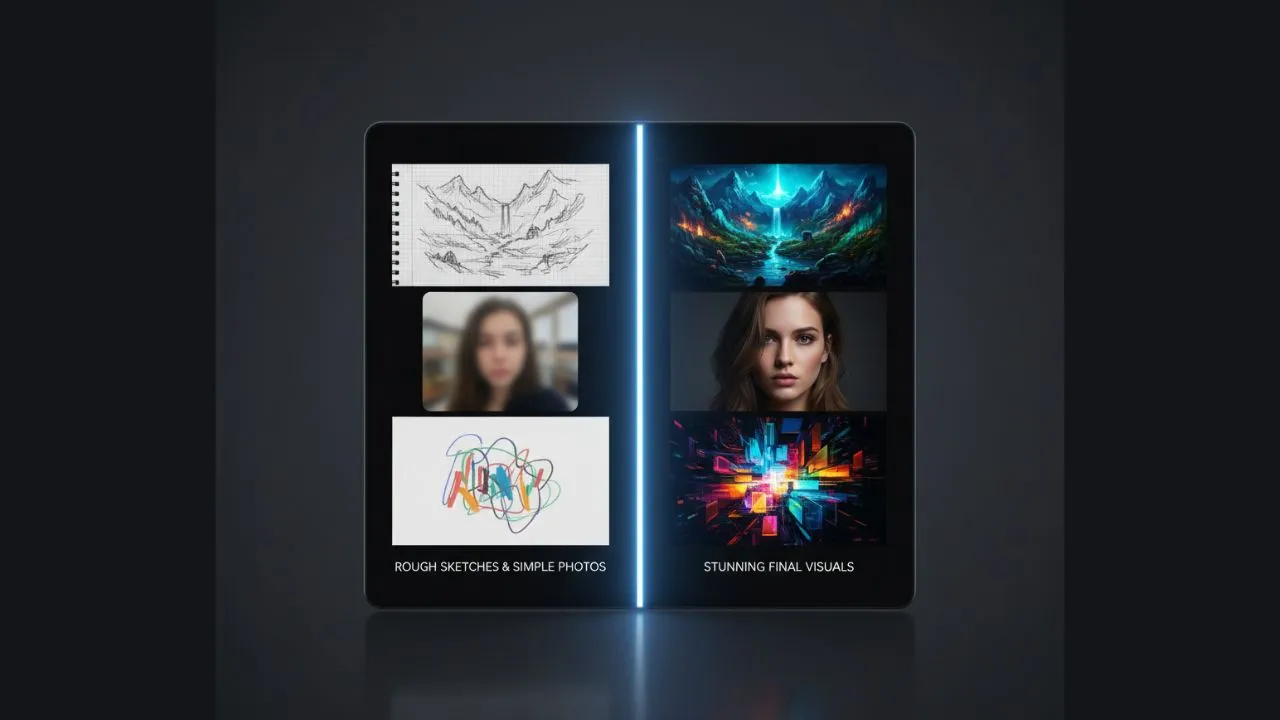Are you searching for the best AI image generator to spark your imagination? These tools have revolutionized how creators produce visuals, offering endless possibilities for artists, designers, and hobbyists alike.
In this comprehensive guide, we’ll explore top options that deliver stunning results. From free platforms to advanced paid services, discover how a high quality AI image generator can elevate your projects.
Whether you’re a beginner or pro, the best AI image generator simplifies complex ideas into captivating images. Let’s dive into what makes these tools essential for modern creativity.
Understanding AI image generation technology
Before diving into the top tools available, it’s helpful to understand how does ai image generator work. These systems use advanced machine learning models trained on millions of images to understand the relationship between text descriptions and visual elements. When you input a prompt, the AI analyzes your words and generates entirely new images based on patterns it learned during training.
The technology behind these generators typically involves diffusion models or generative adversarial networks (GANs). These neural networks can interpret complex prompts and translate them into detailed, high-quality visuals that match your specifications.
Modern AI image generators have become sophisticated enough to understand artistic styles, lighting conditions, compositions, and even emotional tones. This makes them invaluable for creators across industries.
Top AI image generator platforms for 2025
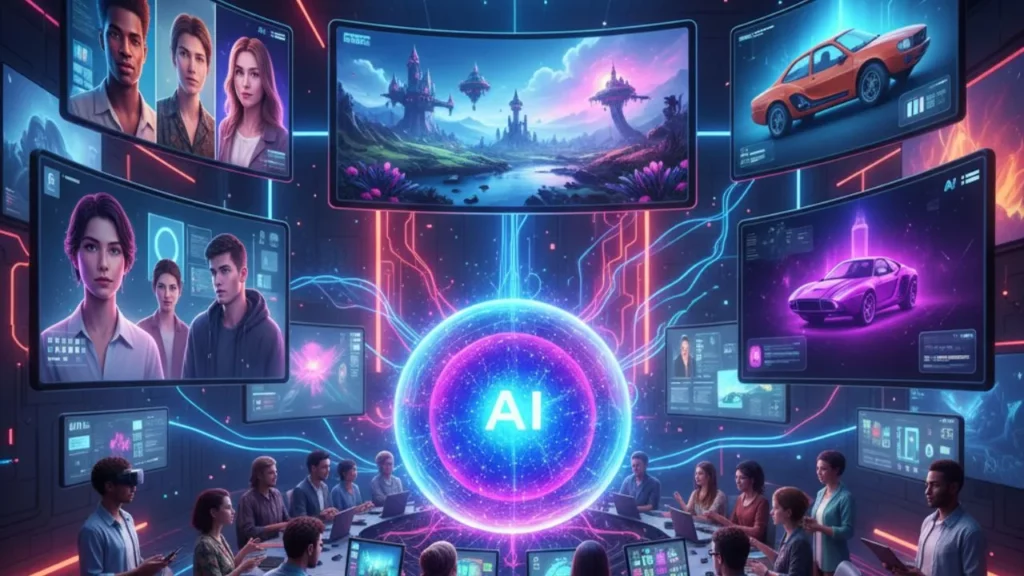
The market for AI image generation has exploded with options catering to different needs, skill levels, and creative goals. From enterprise solutions to user-friendly platforms for beginners, there’s a tool for every creator’s workflow and budget.
Midjourney: The artist’s choice
Midjourney has established itself as one of the best AI image generator options for creators seeking artistic, visually stunning results. Operating through Discord, this platform excels at producing images with exceptional aesthetic quality and creative interpretation.
The tool’s latest version delivers photorealistic renders and artistic compositions that rival professional photography. Its community-driven approach also provides inspiration and learning opportunities as users share their prompts and results.
Midjourney’s subscription model starts at $10 monthly, making it accessible for serious creators while maintaining a high barrier to casual use that keeps the platform’s quality standards elevated.
DALL-E 3: Integration and accessibility
OpenAI’s DALL-E 3 represents a significant leap in AI image generation, offering improved prompt understanding and safer content generation. One major advantage is learning how to get chatgpt to make images directly through ChatGPT Plus, creating a seamless workflow for users already in that ecosystem.
DALL-E 3 excels at interpreting complex prompts with multiple elements and maintaining consistency across image variations. The integration with ChatGPT means you can refine your prompts conversationally, making it particularly user-friendly for beginners.
The tool’s safety features also make it suitable for professional and commercial applications where content moderation is crucial.
Adobe Firefly: Professional creative suite integration
Adobe Firefly brings enterprise-level AI generation capabilities with the added benefit of commercial safety. Trained exclusively on licensed content and public domain images, Firefly addresses copyright concerns that plague many AI generators.
Integration with Adobe Creative Cloud applications means designers can generate images directly within Photoshop, Illustrator, and other familiar tools. This workflow integration makes Firefly exceptionally practical for professional design work.
The platform also offers generative fill, text effects, and recoloring features that extend beyond simple image generation into comprehensive creative assistance.
Stable Diffusion: Open-source flexibility
For technical users seeking maximum control, Stable Diffusion remains one of the most powerful options among high quality ai image generator tools. Being open-source allows developers and advanced users to run the model locally, fine-tune it with custom data, and build specialized applications.
The Stable Diffusion community has developed countless custom models optimized for specific styles, from anime to architectural visualization. This ecosystem of specialized models makes it incredibly versatile.
However, the learning curve is steeper than commercial alternatives, requiring more technical knowledge to achieve optimal results.
Leonardo AI: Gaming and concept art focus
Leonardo AI has carved out a niche as an excellent realistic ai image generator particularly suited for game development and concept art. Its fine-tuned models produce consistent characters and environments ideal for creative projects requiring visual coherence.
The platform offers unique features like image-to-image transformation and AI Canvas for extended compositions. These capabilities make it particularly valuable for iterative creative processes.
Leonardo AI’s freemium model provides generous daily token allocations, making it accessible for experimenting before committing to a paid plan.
Nano Banana: Speed and simplicity combined
Nano Banana has emerged as a refreshing alternative in the AI image generation space, prioritizing speed and user-friendliness without sacrificing quality. This platform stands out for its remarkably fast generation times and intuitive interface that appeals to both beginners and experienced creators.
What sets Nano Banana apart is its streamlined approach to prompt engineering. The platform intelligently enhances basic prompts, making it easier for novices to achieve professional results without mastering complex prompt syntax.
The tool’s efficient architecture delivers high-resolution images in seconds, making it ideal for rapid prototyping and high-volume content creation. Its pricing structure also offers competitive rates with flexible credit systems that accommodate various usage patterns.
Specialized AI generation capabilities

Beyond basic text-to-image creation, modern AI generators offer specialized features that expand creative possibilities and solve specific workflow challenges.
Image-to-image transformation tools
Beyond text-to-image generation, the best image to image ai tools allow you to transform existing images into new styles or variations. This capability proves invaluable for designers working with reference materials or seeking to maintain compositional elements while changing aesthetics.
Tools like Stable Diffusion and Leonardo AI excel at these transformations, letting you upload a sketch and convert it into a polished illustration, or transform a daytime photo into a dramatic night scene.
The control offered by image-to-image generation bridges the gap between human creativity and AI assistance, allowing artists to maintain their creative vision while leveraging AI efficiency.
Marketing-focused image generation
For businesses, an ai image generator for marketing needs to produce on-brand, professional visuals quickly and consistently. Platforms like Canva’s AI features and Adobe Firefly integrate generation capabilities with design templates and brand management tools.
These marketing-oriented tools understand commercial use cases, from social media graphics to advertisement visuals. They often include features for maintaining brand consistency across generated images.
The ability to rapidly produce multiple variations for A/B testing makes AI generation particularly valuable for marketing teams optimizing campaign performance.
Mastering AI image generation
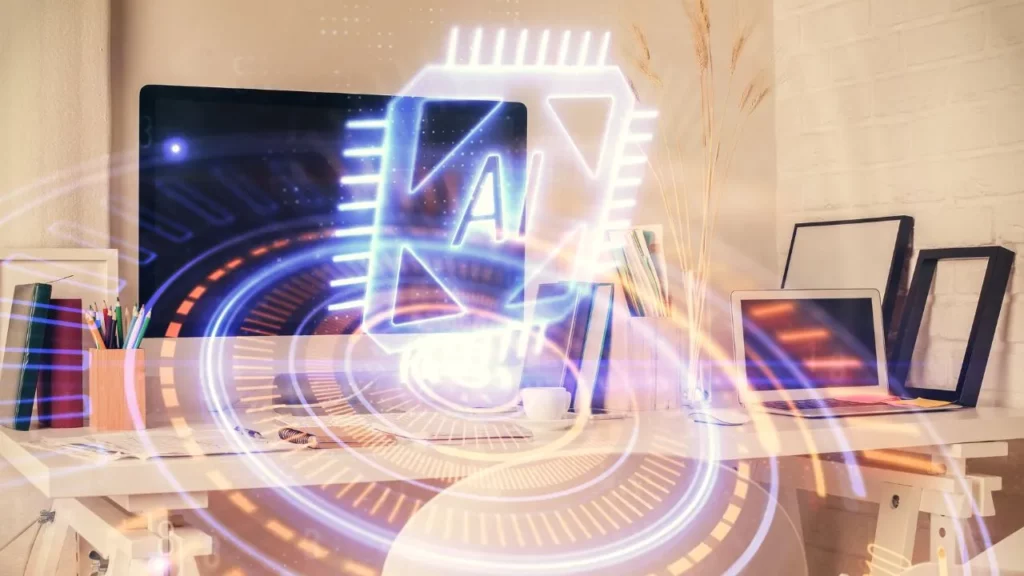
Success with AI image generators depends less on the specific tool you choose and more on how effectively you communicate your creative vision through prompts and iterative refinement.
Crafting effective prompts
Understanding how to prompt ai to create an image is perhaps the most critical skill for achieving desired results. Effective prompts typically include specific details about subject, style, lighting, composition, and mood.
Start with clear subject descriptions, then layer in stylistic elements like “oil painting,” “cinematic lighting,” or “isometric perspective.” Include negative prompts to specify what you don’t want in the image.
Quality and resolution considerations
When evaluating options as a high quality ai image generator, resolution capabilities and output fidelity matter significantly. Professional applications require high-resolution outputs that maintain detail when scaled or printed.
Midjourney and DALL-E 3 typically produce images at 1024×1024 or higher resolutions, while Stable Diffusion implementations can generate even larger images depending on hardware capabilities. Some platforms offer upscaling features that intelligently increase resolution beyond initial generation.
Consider your final use case when selecting tools—social media graphics have different requirements than print materials or large-format displays.
Iterative refinement process
The best AI image generator results rarely come from a single prompt. Successful creators treat AI generation as an iterative process, refining prompts based on initial outputs and gradually steering toward their vision.
Most platforms allow you to generate variations of promising images, tweaking specific elements while maintaining overall composition. This iterative approach combines human creativity with AI capabilities for optimal results.
Save successful prompts and build a personal library of effective descriptions for different styles and subjects. This knowledge base becomes increasingly valuable over time.
Expanding your creative toolkit with AI
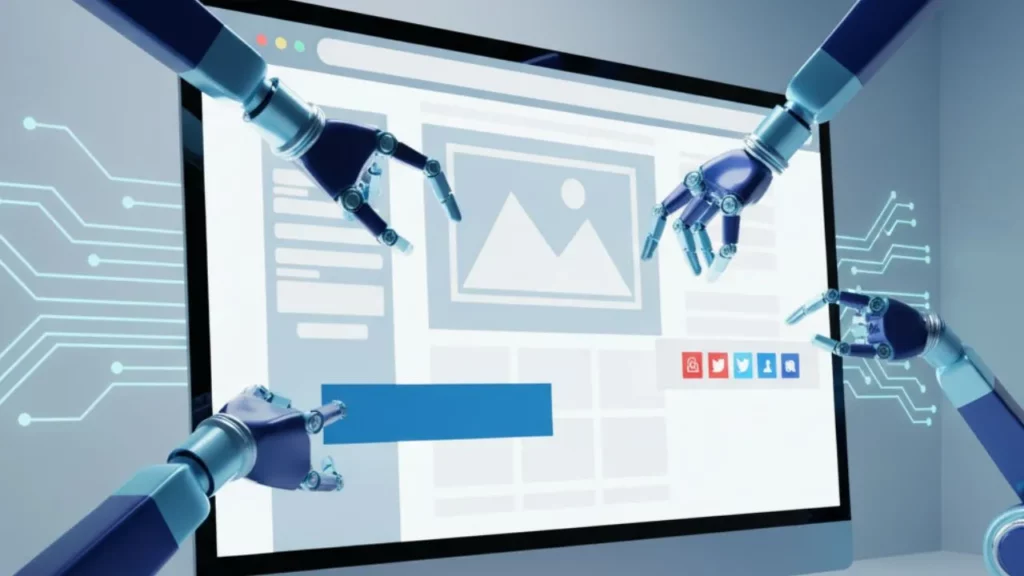
AI image generators deliver maximum value when integrated into comprehensive creative workflows that leverage multiple AI technologies working together seamlessly.
Integrating gen ai tools into workflows
AI image generators work best when integrated with other gen ai tools in a comprehensive creative workflow. Combining text generation, image creation, and editing tools creates a powerful ecosystem for content production.
For instance, you might use ChatGPT to brainstorm concepts, generate image prompts, and write accompanying copy, then use Midjourney to create visuals, and finally refine everything in Canva or Photoshop. This interconnected approach maximizes efficiency while maintaining creative control.
Many creators also incorporate an AI voice generator for video projects, creating complete multimedia content with minimal traditional production requirements.
Video content creation with AI
While static images capture attention, video content drives engagement. Exploring the best ai video generator options allows you to transform your AI-generated images into dynamic content that resonates across platforms.
Tools like Runway ML, Pika, and Veo3 are pushing boundaries in AI video generation, allowing creators to animate static images or generate video content from text descriptions. These capabilities complement image generation for comprehensive visual storytelling.
For creators building video content, pairing AI-generated visuals with an online video editor creates a streamlined production pipeline. Modern video editing platforms increasingly incorporate AI features for automated editing, smart cropping, and even voice synthesis.
Voice and audio integration
Complete multimedia projects require more than visuals. AI voice technology has evolved to create natural-sounding narration and dialogue that elevates video content beyond silent visuals.
Combining AI-generated images with AI voice narration creates polished videos without traditional production crews. This approach democratizes professional-quality content creation for individual creators and small teams.
The synergy between visual and audio AI tools represents the future of content creation, where comprehensive projects emerge from simple text prompts and creative direction.
Practical applications across industries
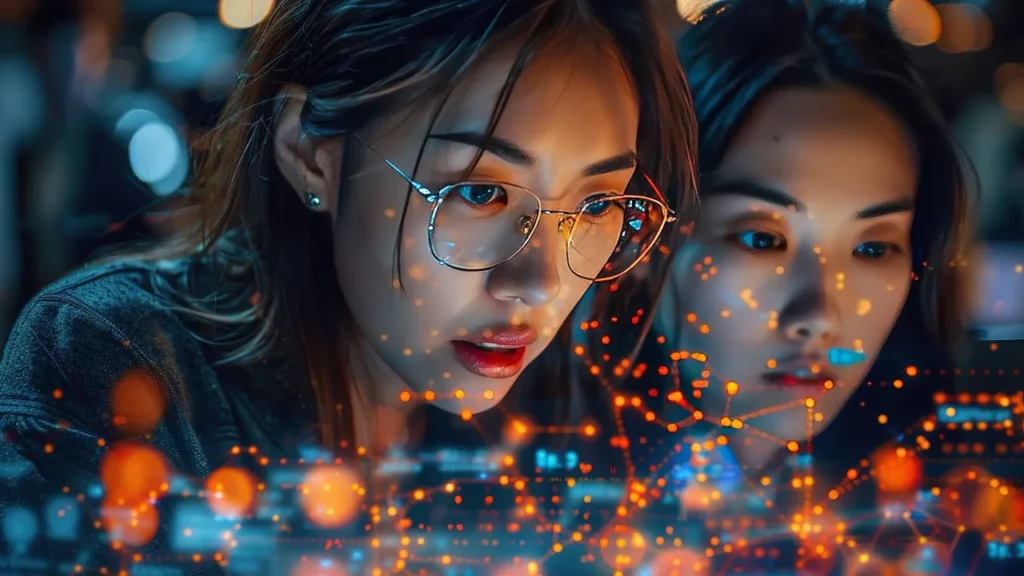
The versatility of AI image generation extends across virtually every industry, solving unique challenges and opening new creative possibilities in diverse professional contexts.
Content creation and social media
Social media managers and content creators use the best AI image generator tools to maintain consistent posting schedules without exhausting budgets or creative resources. Generating custom images for each post becomes feasible when AI eliminates the bottleneck of traditional design.
AI-generated imagery performs particularly well for conceptual content, abstract ideas, and scenarios difficult or expensive to photograph. Rather than searching stock photo libraries for imperfect matches, creators can generate exactly what they envision.
Platform-specific requirements become manageable when you can quickly generate correctly sized images optimized for Instagram, LinkedIn, Pinterest, or any other channel.
E-commerce and product visualization
E-commerce businesses leverage AI generators to create lifestyle imagery showcasing products in various contexts without expensive photoshoots. A single product photo can spawn dozens of contextual variations showing the item in different settings and scenarios.
This application proves especially valuable for dropshipping businesses and small retailers lacking resources for traditional product photography. AI generation democratizes professional product presentation.
Some advanced implementations even allow customization interfaces where customers can visualize products in their preferred colors or configurations before purchase.
Education and training materials
Educators use AI image generation to create custom illustrations for learning materials, making abstract concepts visual and engaging. This capability proves particularly valuable for subjects lacking readily available imagery.
Technical training materials benefit from AI’s ability to generate cross-sections, diagrams, and conceptual visualizations that would be expensive to commission from specialized illustrators.
The speed of generation allows educators to iterate quickly based on student feedback, continuously improving material effectiveness.
Entertainment and concept development
Film, game, and animation studios employ realistic ai image generator tools during pre-production to rapidly visualize concepts, characters, and environments. This accelerates the creative development process and facilitates communication between creative teams.
AI generation allows directors and creative leads to explore multiple visual directions before committing resources to traditional production processes. Mood boards and style guides emerge in hours rather than weeks.
Some productions even use AI-generated backgrounds and elements in final outputs, particularly for projects with constrained budgets or timelines.
Ethical considerations and best practices
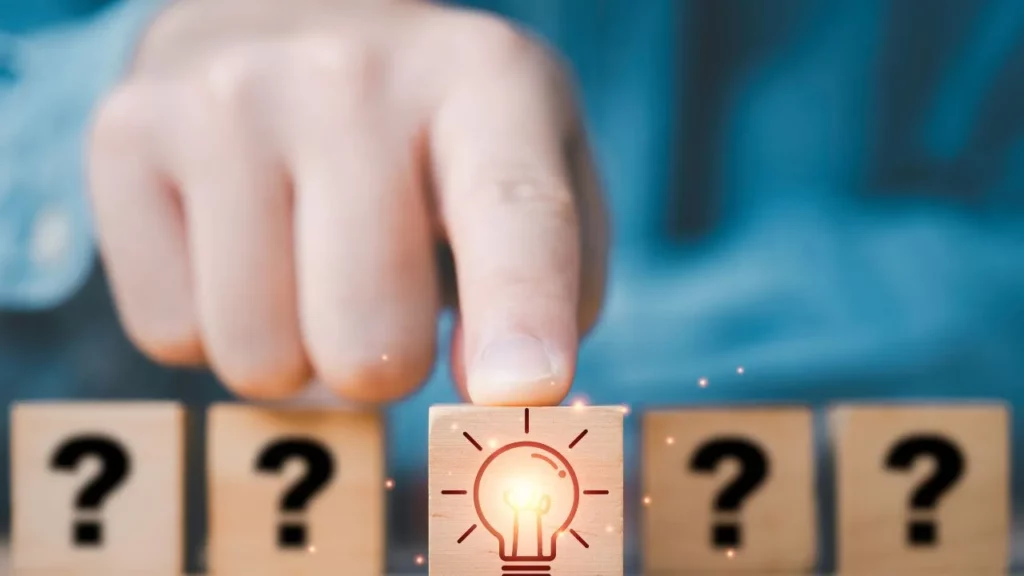
Responsible use of AI image generation requires understanding and addressing important ethical considerations that affect both creators and the broader creative community.
Copyright and commercial use
Understanding licensing terms is crucial when using AI-generated images commercially. Different platforms have varying policies regarding ownership and usage rights of generated images.
According to the U.S. Copyright Office’s guidance on AI-generated content, works created entirely by AI without human authorship may not be copyrightable, creating complex legal considerations for commercial applications.
Adobe Firefly’s approach of training exclusively on licensed content offers more legal clarity for commercial users, while open-source models present more ambiguous situations requiring careful consideration.
Transparency and disclosure
Ethical content creators disclose when images are AI-generated, particularly in contexts where authenticity matters like journalism or scientific communication. This transparency builds trust with audiences increasingly aware of AI capabilities.
Some platforms and publications now require AI disclosure for submitted content. Establishing a practice of clear attribution protects your reputation and complies with evolving standards.
The creative community benefits when AI is positioned as a tool enhancing human creativity rather than replacing it entirely.
Bias and representation
AI image generators inherit biases from their training data, sometimes reinforcing stereotypes or lacking diverse representation. Conscious creators actively work to counteract these biases through careful prompting and critical evaluation of outputs.
Research from AI Now Institute highlights how AI systems can perpetuate harmful stereotypes if not carefully designed and used. Users bear responsibility for critically assessing generated content and rejecting outputs that reinforce bias.
Diverse, thoughtful prompting and willingness to regenerate images that fail representation standards helps move the technology toward more equitable outcomes.
Future trends in AI image generation
The rapid evolution of AI image generation shows no signs of slowing, with emerging developments promising even more powerful and accessible creative tools in the coming years.
Increasing photorealism and control
The trajectory of AI image generation points toward even greater photorealism and user control. Future iterations will likely offer more precise control over specific image elements while maintaining overall coherence.
Developments in model architecture and training approaches continue pushing boundaries of what’s possible. The gap between AI-generated images and professional photography continues narrowing.
Some researchers predict fully controllable 3D scene generation where users can adjust camera angles, lighting, and object positions after initial generation, blurring lines between image generation and 3D rendering.
Specialized models and customization
The future includes increasingly specialized models fine-tuned for specific industries, artistic styles, or use cases. Medical imaging, architectural visualization, and fashion design may each have dedicated AI generation tools optimized for their unique requirements.
Custom model training will become more accessible, allowing businesses to create proprietary generators that understand their brand aesthetics and produce consistently on-brand imagery.
This specialization will make AI generation even more practical for professional applications where generic tools fall short.
Real-time generation and video
As computational efficiency improves, real-time AI generation becomes feasible, enabling interactive applications where generated imagery responds instantly to user input.
The evolution toward native video generation represents another frontier, moving beyond animating static images to generating coherent video sequences from prompts. This capability will revolutionize video production across industries.
Integration between different AI modalities—text, image, video, and audio—will create comprehensive creative platforms where entire multimedia projects emerge from high-level creative direction.
Getting started with AI image generation
Embarking on your AI image generation journey requires choosing the right starting point and developing foundational skills that will serve you across all platforms and applications.
Choosing your first platform
For beginners exploring the best AI image generator options, starting with accessible platforms like DALL-E 3 through ChatGPT or Leonardo AI’s free tier provides low-risk experimentation opportunities.
Consider your primary use case when selecting a platform. Marketers might prioritize Canva or Adobe Firefly for workflow integration, while artists may prefer Midjourney’s aesthetic quality.
Many creators ultimately use multiple platforms, selecting tools based on specific project requirements rather than committing exclusively to one option.
Building your skillset
Mastering AI image generation requires developing several complementary skills. Beyond prompt engineering, understanding composition, color theory, and visual storytelling enhances your ability to create compelling imagery.
Join online communities focused on AI art where creators share techniques, prompts, and feedback. Platforms like Reddit’s r/StableDiffusion and Midjourney’s Discord server offer valuable learning opportunities.
Experiment regularly with different styles, subjects, and approaches. The rapid feedback loop of AI generation makes it an excellent environment for creative experimentation and skill development.
Integrating into your creative process
Rather than viewing AI generators as replacement tools, position them as creative partners augmenting your existing skills. Use AI for ideation, rapid prototyping, and exploring concepts before committing to traditional production methods.
Many successful creators use AI generation for initial concepts, then refine outputs in traditional tools like Photoshop, adding personal touches and adjustments that ensure final results reflect their unique vision.
This hybrid approach combines AI efficiency with human creativity and craft, producing results superior to either method alone.
Conclusion
The best AI image generator tools have fundamentally transformed creative possibilities, making professional-quality visual content accessible to creators at every skill level. From social media managers to game developers, these platforms democratize creativity in unprecedented ways.
As you explore these tools, remember that the technology serves your creative vision rather than replacing it. The most compelling AI-generated content emerges from thoughtful prompting, iterative refinement, and human creative direction.
Whether you’re seeking a realistic ai image generator for commercial projects or exploring artistic possibilities with high quality ai image generator platforms, the current landscape offers remarkable options. Start experimenting, develop your skills, and discover how AI image generation can elevate your creative projects.
The future of content creation combines human imagination with AI capabilities, and that future is available today. Your creative journey with AI image generation starts with a single prompt—what will you create?
